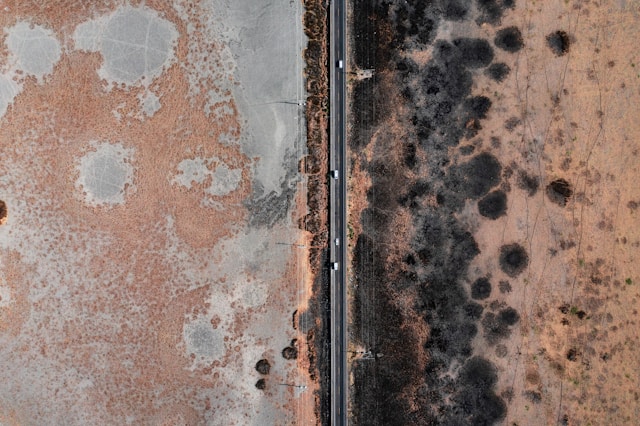Step-by-Step Mold Spore Analysis: How My Long Island Mold Removal Uses Air Sampling for Precise Home Diagnostics
June 2, 2025
To begin the mold spore analysis, you need to understand the air sampling process, which involves using calibrated equipment to collect a known quantity of air, typically 75 liters, through a device called a spore trap. This spore trap captures both viable and non-viable mold spores, as well as other airborne particulates, on a sticky surface that can be analyzed under a microscope. By following best practices and using certified lab testing, you can accurately assess indoor air quality and detect various mold species and their concentrations.  Understanding Mold Spore Analysis and Its Importance in Home HealthAnalyzing airborne mold particles helps you identify hidden threats and health risks by detecting the presence and concentration of mold spores in your home. This process is essential because prolonged exposure to mold can lead to respiratory issues, allergy symptoms, and other health problems. By using professional-grade air sampling techniques, you can pinpoint the source of mold growth and take targeted actions to improve your indoor air quality and overall health. How analyzing airborne mold particles helps identify hidden threats and health risksWhen you suspect mold in your home, understanding the health risks it poses is essential. Analyzing airborne mold particles through mold spore analysis and indoor air quality testing helps identify hidden threats. Here are key benefits:
This process guarantees a healthier indoor environment for you and your family. The Air Sampling Process: Equipment, Methodology, and Best PracticesWhen you engage in air sampling for mold spore analysis, professionals typically use specialized equipment like the Air-O-Cell cassette, which captures a wide range of airborne aerosols, including mold spores, pollen, and insect parts. This device requires a vacuum pump operating at 15 liters per minute and a rotameter for calibration. By drawing air through the cassette, particles are impacted on a glass slide, allowing for precise analysis of indoor air quality. From spore traps to lab slides: how professionals capture and analyze indoor air qualityTo capture and analyze indoor air quality, professionals at My Long Island Mold Removal utilize a precise and systematic approach that begins with the deployment of spore traps. Here’s how it works:
This process supports clear diagnostics and informed remediation planning for Long Island mold inspections. Using Air Sampling to Shape Mold Remediation and Health StrategiesWhen you use air sampling for mold spore analysis, you gain data-driven diagnostics that directly inform your treatment plan, help you assess the urgency of the situation, and guarantee post-remediation safety. This precise method allows you to identify the specific types of mold present and their concentrations, guiding a targeted remediation strategy. By understanding the indoor air quality and mold species, you can take confident, informed action to create a healthier home environment. Data-driven diagnostics that inform treatment, urgency, and post-remediation safetyAccurate mold spore analysis is crucial for developing a targeted treatment plan, evaluating the urgency of the situation, and guaranteeing post-remediation safety. Here’s how it works:
Why Homeowners Trust My Long Island Mold Removal’s Precision Testing ApproachWhen you choose My Long Island Mold Removal, you benefit from certified lab testing that guarantees accurate and reliable results. Their thorough reports and adherence to industry-leading practices provide you with clear, actionable information. This precision approach helps you understand the extent of your mold issue and develop an effective remediation plan. Certified lab testing, thorough reports, and industry-leading practices ensure accurate outcomesMy Long Island Mold Removal’s commitment to certified lab testing is a cornerstone of their precision testing approach. Here’s how it guarantees accurate outcomes:
|
|